| Results from a systematic literature review suggest that women experience foot pain more than men, and that the most common site of pain are the toes and the forefoot, AND that two-thirds of the population studied described moderate disability for daily living. You can't walk very far if you feel like you have a pebble in your shoe, or every time you take a step you feel burning pain or tingling at the base of your toes. A bunion occurs from pressure at the side of the big toe (hallux). This pressure shifts the big toe toward the others and the joint can become swollen, sore and enlarged. A neuroma occurs at the bottom of the foot typically under the 3rd and 4th toes. The pressure at the forefoot irritates the plantar nerve and the tissue around the nerve can become dense and hard. Because the nerve is irritated, people may experience burning, tingling, or numbness between the toes and foot. |
What contributes to bunions and neuromas?
FootwearFootwear: The pic above shows a few shoe styles. Each of these shoes have a very narrow toe box (typical of a women's shoe) which crunches all of the toes together. Most shoes have at least an inch heel, and high heels have a good 3 inches. The height of the heel pitches the weight forward onto the forefoot, creating excessive load which can lead to nerve irritation, inflammation and tissue changes. Forefoot Loading: The pic on the right demonstrates 2 different ways to stand. It is very common to see the pelvis thrust forward as in the 1st pic. Notice that weight is shifted onto the forefoot. The 2nd pic demonstrates neutral stand with the weight distributed toward the heel. | Forefoot loading |
Simple Steps to Eliminate Foot Pain
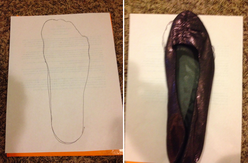
2. Learn how to stand in alignment. See pic above. Or read this blog.
3. Wear toe spacers. Yes, you should be able to see space between your toes! There are many products on the market. These are my favorite: Correct Toes. Cool thing about these is that you can wear them in your shoes! Very comfortable (but you have to have a wide enough toe box in your shoe). If you have a bunion you may want to test to see if this will be comfortable for you before purchase: take your big toe and pull it away from your other toes as far as you can, and then lift it up. If there is discomfort in the joint then your toe is probably compressed, and it would be good for you to see me, or your local PT (or chiro, osteo, etc) to work with you.

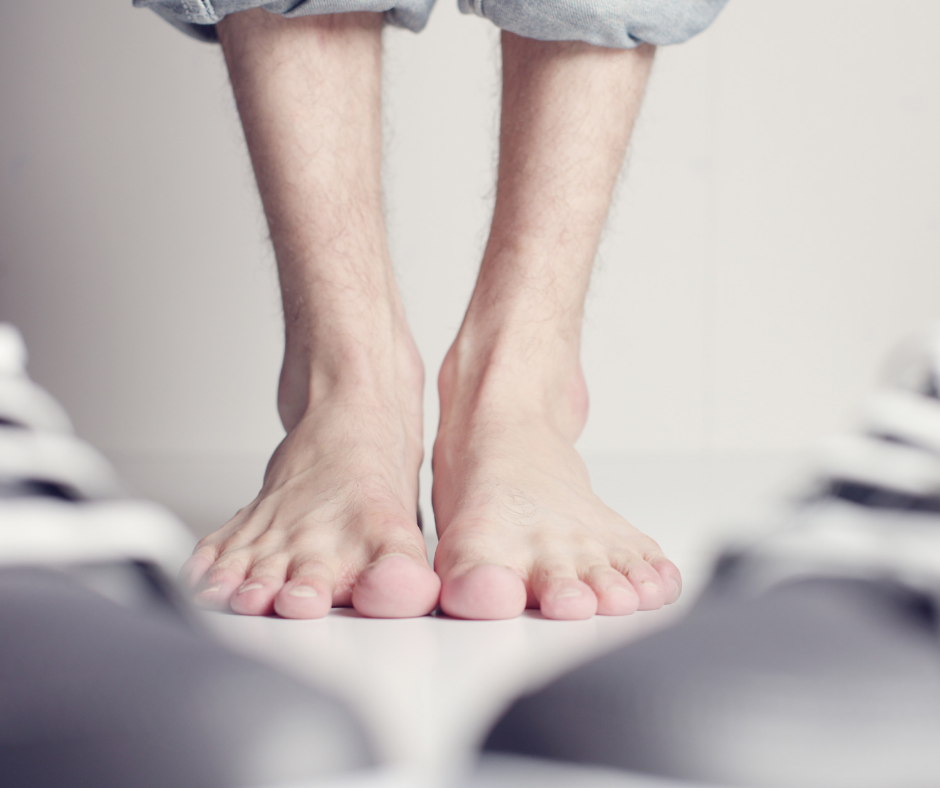
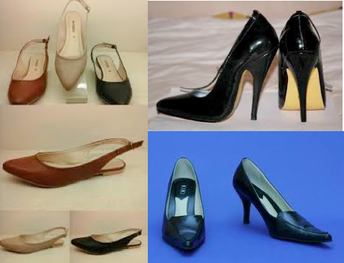
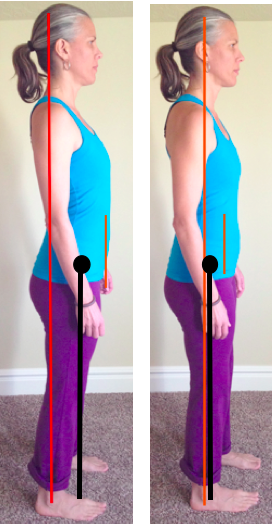
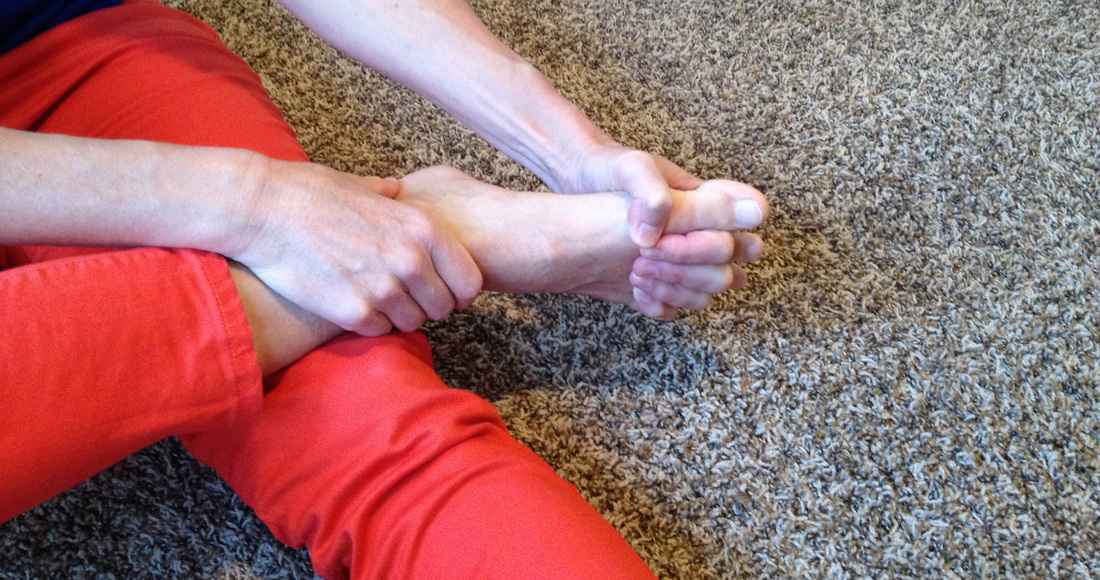
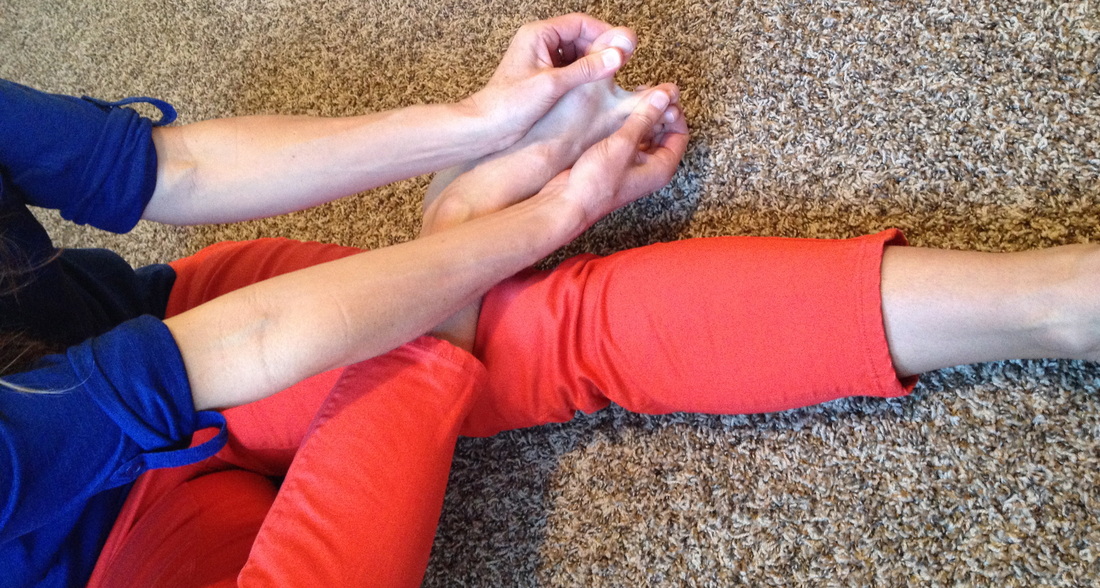
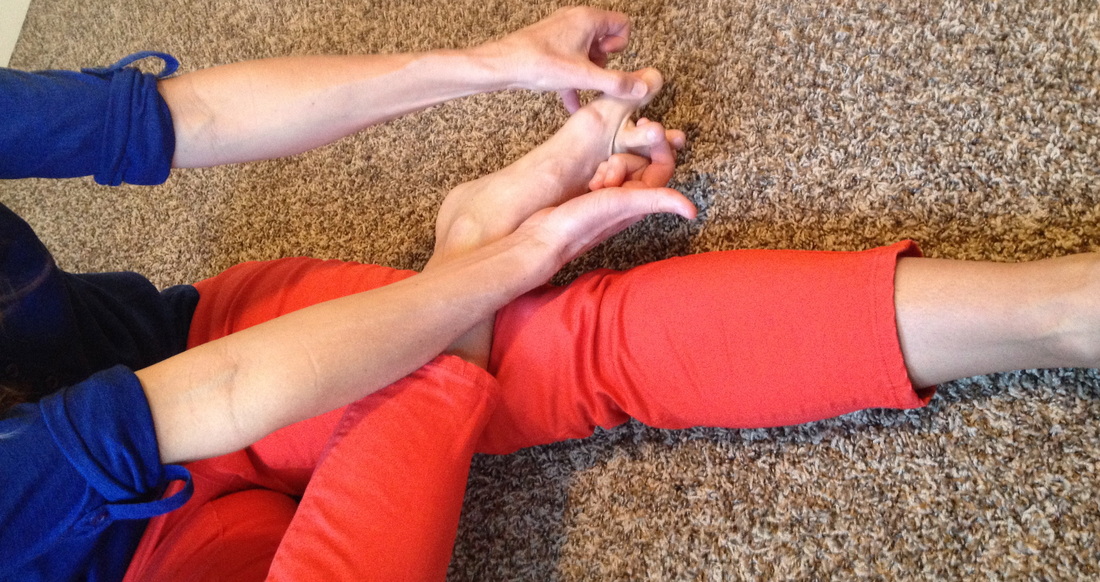
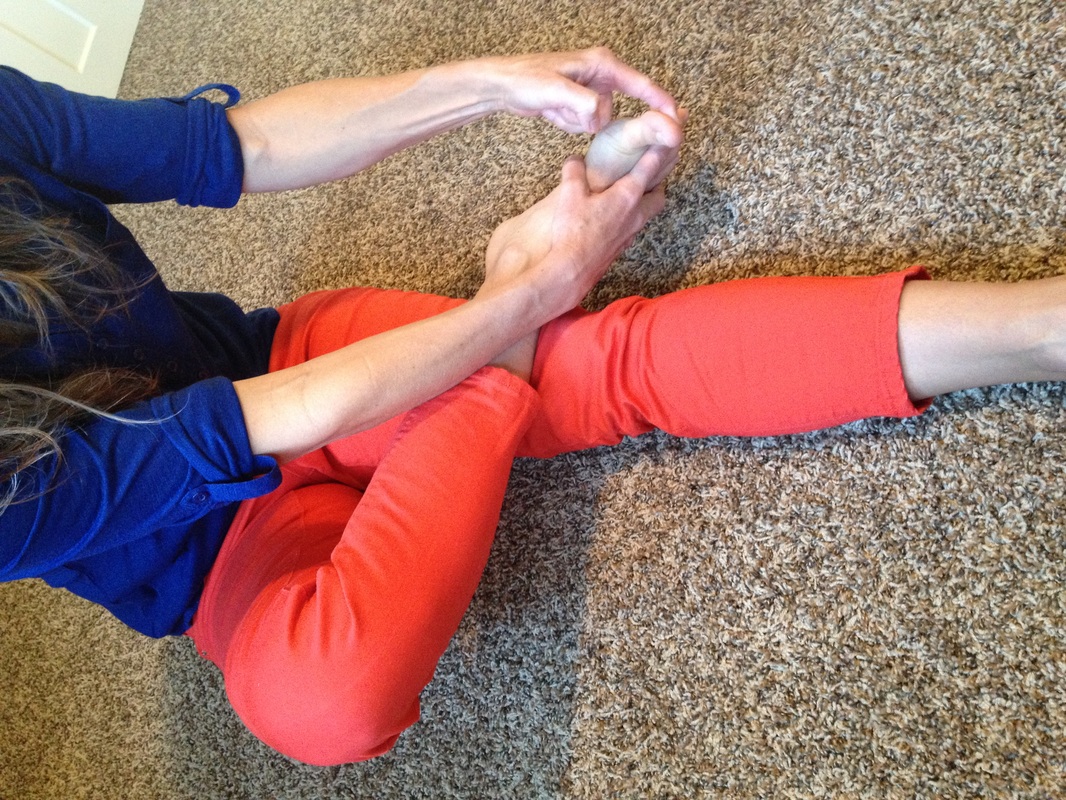
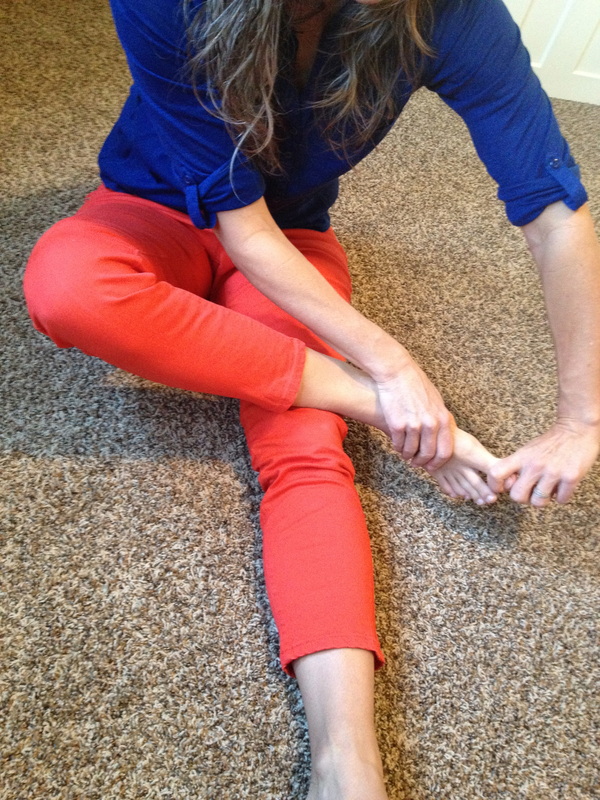
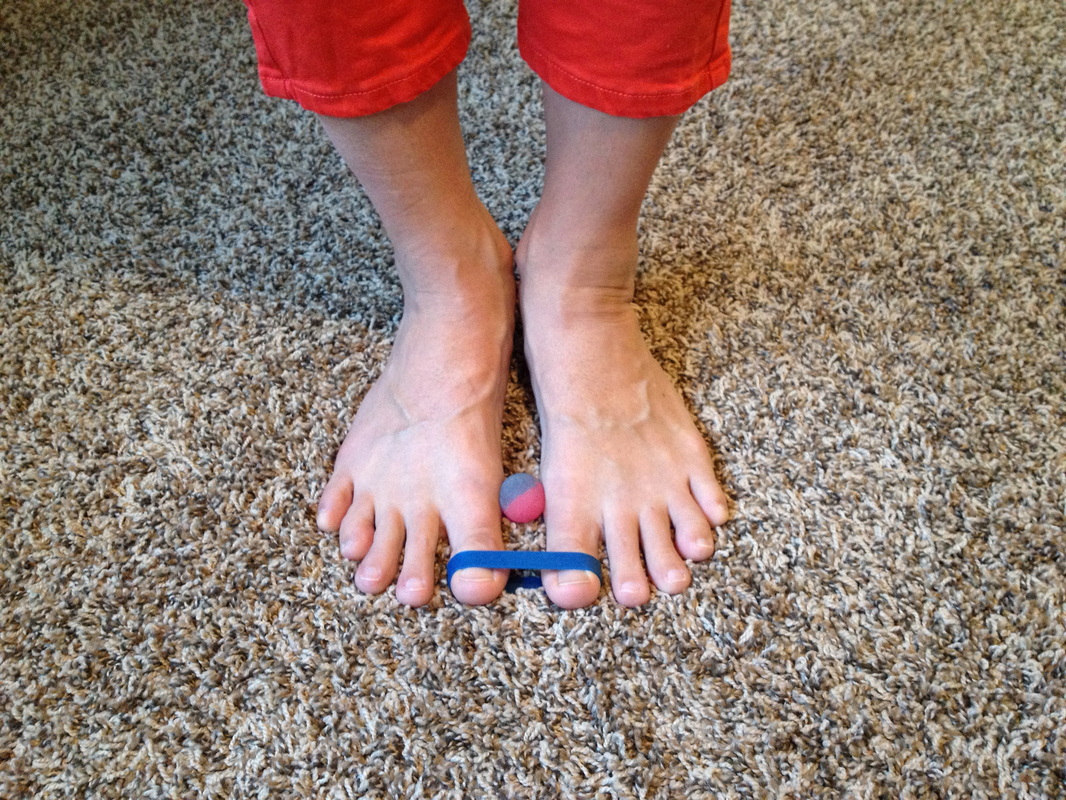

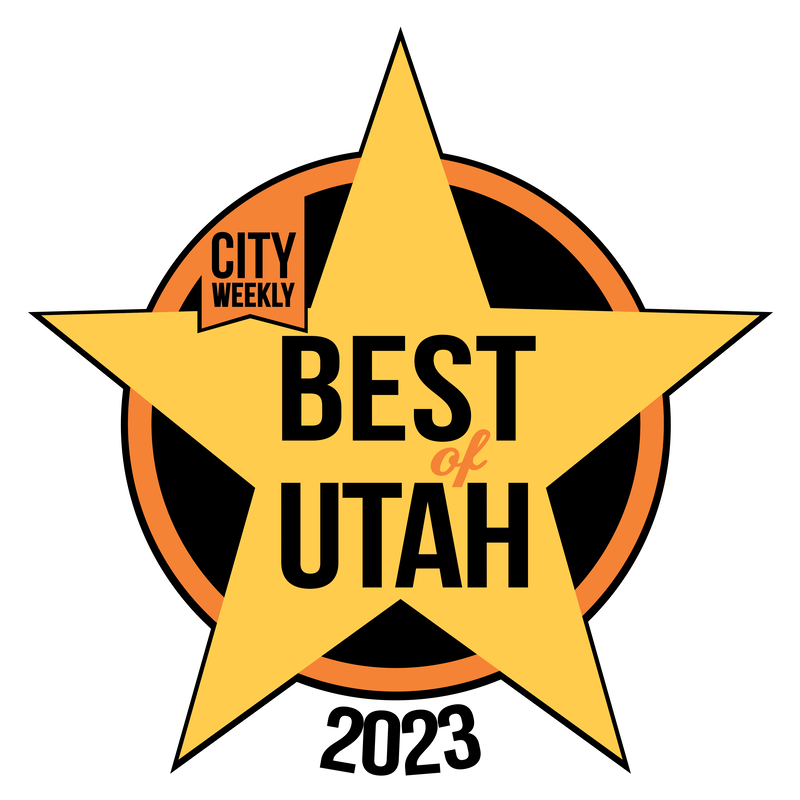
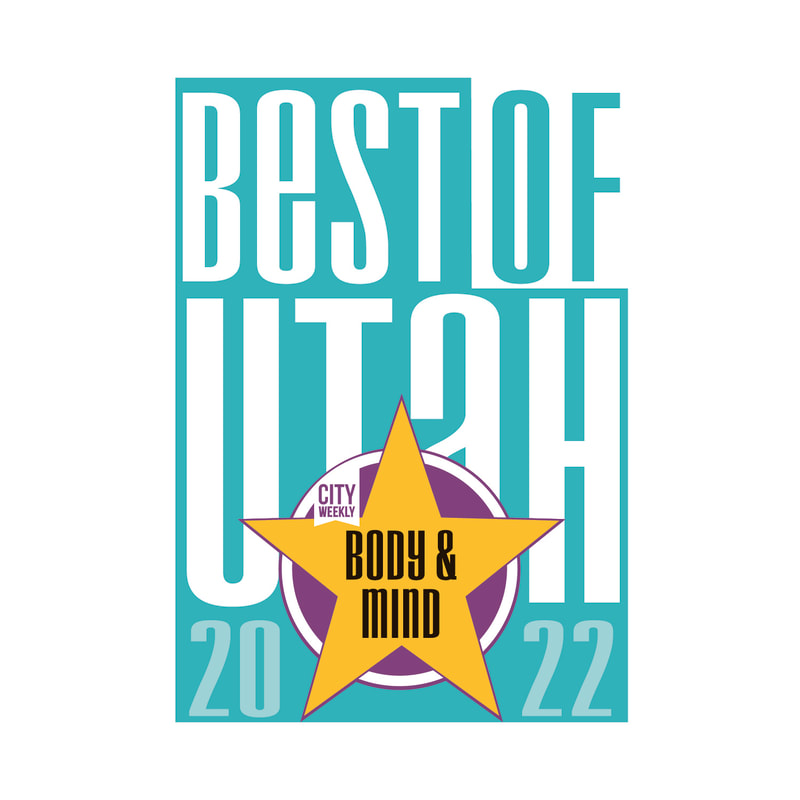
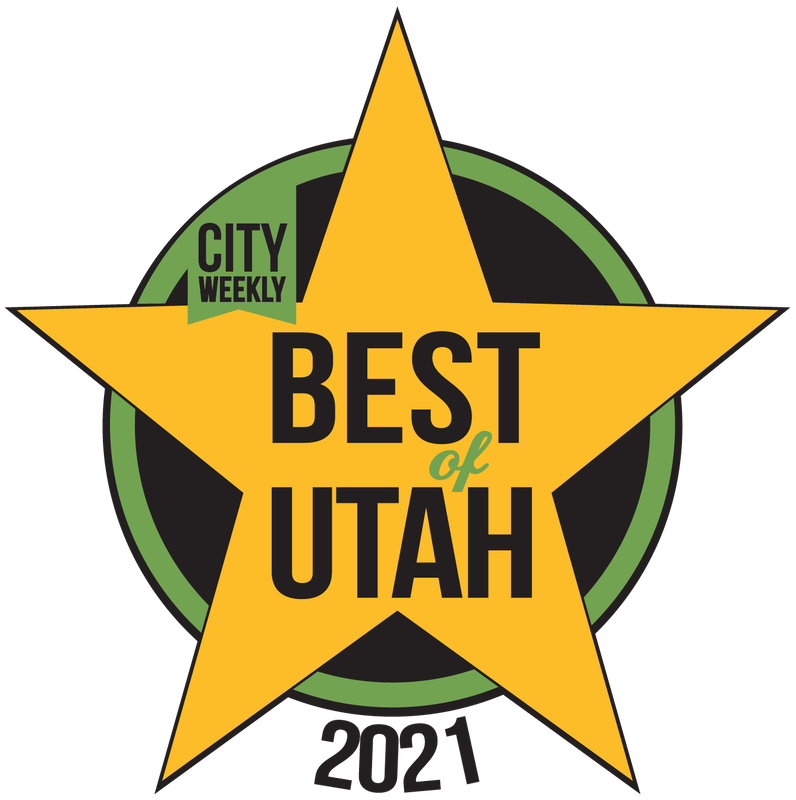
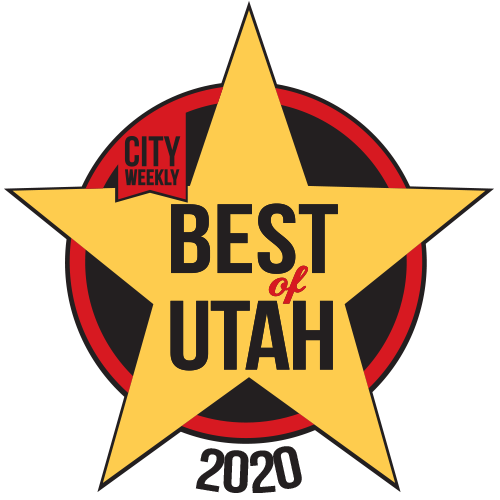
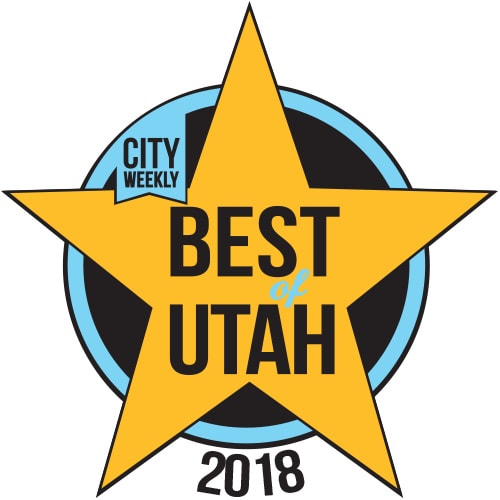
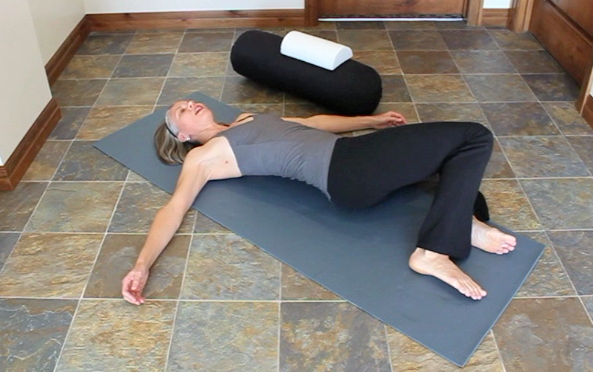
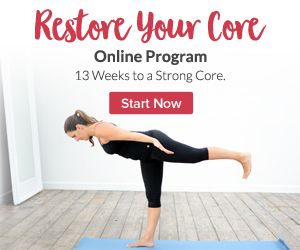
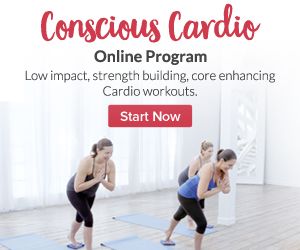
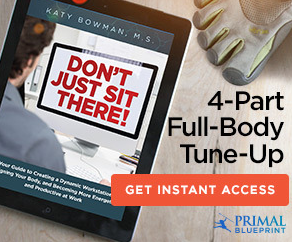
 RSS Feed
RSS Feed